STONY PLAIN, Alta. — Most of the 634 First Nations in Canada are shutting down their borders and blocking entrances to their reserves in a frenzied bid to prevent the spread of the new coronavirus.
For some leaders, it feels like a situation where they must fend for themselves, according to Manitoba Assembly of First Nations (AFN) regional chief Kevin Hart.
“I’m calling it out, we aren’t ready,” said Hart, who holds the portfolio for the AFN emergency management plan, in a telephone interview with HuffPost Canada.
Justin Trudeau’s Liberal government is dividing up an $82-billion financial aid package to Canadians during the COVID-19 crisis while putting aside $305 million to help First Nations, Metis and Inuit communities. But it’s not near enough to even cover the immediate needs of those populations, said Hart.
Indigenous Peoples in Canada are among the most vulnerable to the deadly pandemic because of long-standing issues such as higher levels of poverty, poor and overcrowded housing, limited access to health care and other statistical inadequacies.
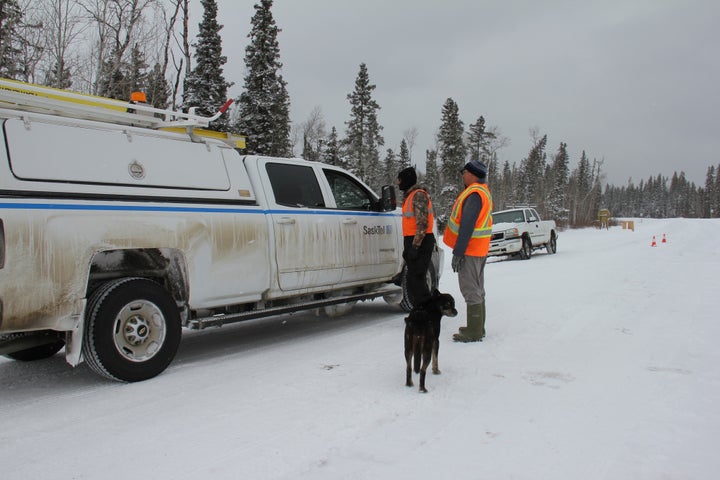
The Mishkeegogamang Ojibway Nation in northern Ontario alerted members on Wednesday night of a confirmed case of COVID-19 in Sioux Lookout, a two-hour drive away, where many people go for supplies and appointments. Indigenous Services Minister Marc Miller has acknowledged that it’s not a matter of if, but when, the highly infectious virus enters First Nations, Inuit or Metis communities.
That will have devastating consequences, especially to fly-in and remote communities, said a Blackfoot doctor working on the front lines on the Blood Tribe reserve in southern Alberta.
“Most rural hospitals will be full at the peak time. First Nation and Metis in Alberta do not have a hospital and likely will not be close enough for admission to hospital,” said Dr. Esther Tailfeathers during a rare break from her work for a telephone interview with HuffPost Canada. “They will be left to manage this in a makeshift holding place which is sparsely staffed. The staff who are in the community will be exhausted and ill-equipped for the demands of very ill people.”
Risk in multi-generational homes
Most First Nation families are multi-generational, which usually means at least one person over 60 years old and babies living in the same home, she added. The possibility of several members of a single family getting ill with the virus is high.
In some parts of the country, First Nations, Metis and Inuit who have access to remote camps or cabins are heading there to isolate themselves.
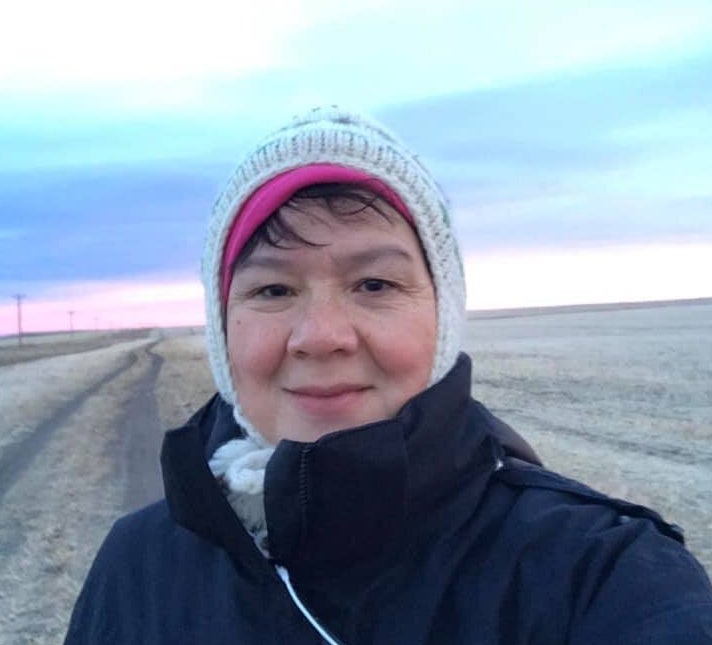
The AFN, which covers 900,000 members, declared a state of emergency on March 22 so necessary funds could be released to help Indigenous communities prepare for COVID-19 impacts.
“There’s a critical need for infrastructure as it is across Canada in our communities; we don’t all have dedicated doctors, let alone a hospital to help. We need to act now. We are asking for help but we’re not being helped,” said Hart, who pointed to the vulnerability of the 96 remote First Nations sprawled out across the country.
A spokesperson for Indigenous Services Canada said a national influenza preparedness guide, which includes a specific section for First Nations, is being used to guide the federal response to COVID-19.
Martine Stevens said the department has identified Indigenous communities whose pandemic plans require updates and are working with them on revisions to ensure that they’re prepared.
Miller told The Canadian Press Wednesday that the federal government is prepared to use the military to assist when a COVID-19 outbreak hits First Nations, Inuit or Metis communities.
But the federal support for Indigenous populations announced last week still doesn’t include a concrete and cohesive emergency action plan, said Hart. He pointed out the AFN has been advocating for an emergency response plan from the feds for the last seven years.
“Once again, our people are left on the back burner,” he said.
The 2013 auditor general’s fall report found that emergency management on reserves faced many shortfalls, including inadequate funding.
“The safety and well-being of First Nations communities on reserve are being adversely affected in significant ways because of their vulnerability to emergencies and to the cumulative effects of these emergency events,” said the report.
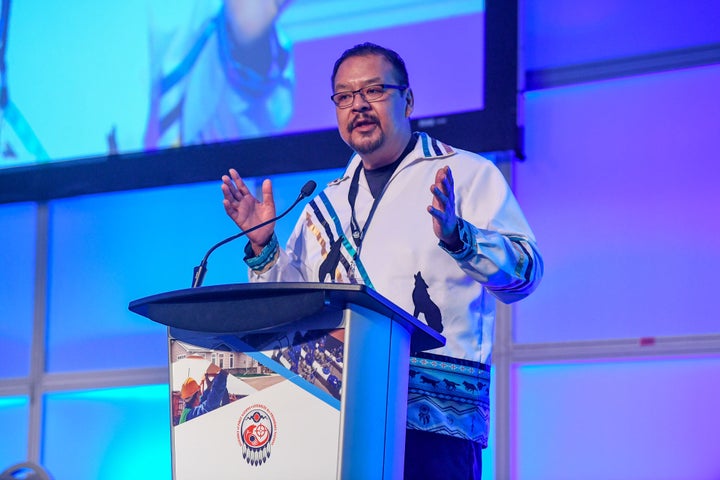
During the 2009 SARS epidemic, Canada sent body bags to reserves in northern Manitoba instead of tangible help, such as financial aid and health-care support. The move horrified First Nations leaders at the time — Hart said they don’t want that repeated.
This time, Hart said First Nations are pulling together and taking matters into their own hands, even as they feel abandoned by their federal treaty partners.
In central Alberta, the Louis Bull Tribe that’s part of the four bands of the Maskwacis First Nations, has blocked all 11 entrances to the reserve, with only three allowing movement via security checkpoints. The lock-in rules include prohibiting children from leaving as a way to protect their most vulnerable, said Maskwacis emergency response team member Angela Boysis.
“It was a decision made by our chief and council and it feels good that they’re really thinking of us,” said Boysis. “With no children being allowed to leave due to the health risks, our members are feeling a lot safer about it.”
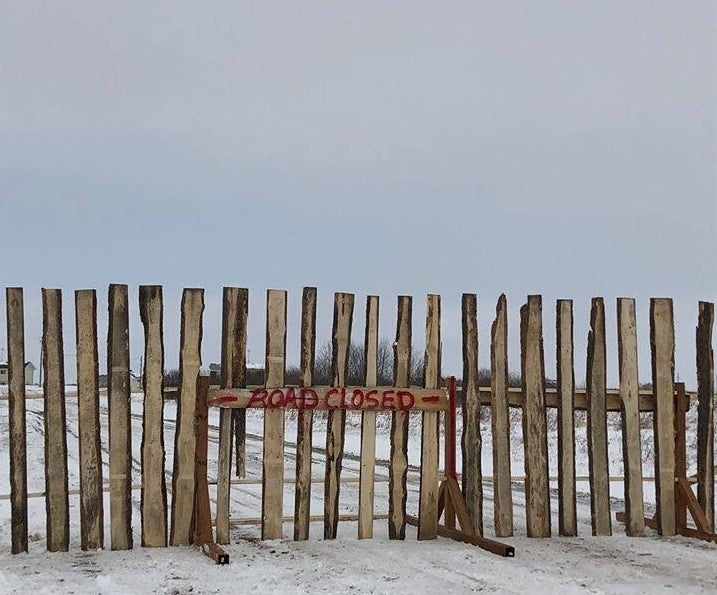
Approximately four hours northwest of Saskatoon, Lee Martel is hunkering down at her home on the Waterhen Lake First Nation. She’s been self-isolating for almost three weeks in the remote community of about 1,000.
The nation closed its borders last week to restrict any non-members from coming into the community, and is also monitoring members who leave for essentials or to access medical care. Martel, who lives with her elderly mother, supports the lockdown and mandatory curfew from 11 p.m to 6 a.m. because it makes her feel safer.
“Nobody wants to see a family [member] die because you were careless,” she said. “People are being careful and staying home. But we are pulling together in this community. If you need anything, you can phone the band office. They will even bring people meds. People are helping people shop for groceries.”
Fishing, hunting to help the community
Several nation members are ice-fishing on the Waterhen Lake and others are hunting seasonal prey to help feed the community, she said. She’s seeing wolves and other wildlife appear in the area more because things are quieting down.
Waterhen recently started a radio station to communicate with other members while they’re in isolation. “One person announces in Cree, the other in English. I’m feeling grateful to be home and safe,” said Martel.
In Maskwacis, volunteers are rationing, preparing and delivering emergency food hampers to elders and community members in need. The communities also collectively run a herd of bison about an hour away that they’ll harvest meat from. Boysis said a farmer donated two cows to the community earlier this week. It’s such gestures that help them to feel less alone from the outside world.
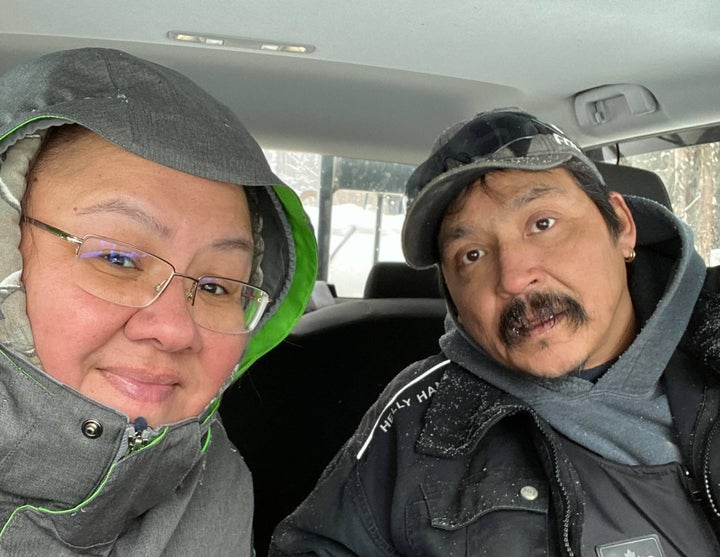
Others have gone a different route. Renee Lomen went home to Fort Nelson First Nation in northern British Columbia recently with her husband and adult children to wait out the coronavirus threat. But she soon felt uncomfortable with the new atmosphere, and decided to return 375 kilometres south to Fort St. John where she has a house, before the borders closed.
“It just didn’t feel like we were home like it usually does,” Lomen said. “We weren’t allowed to go visit or see family. Everything was so abrupt. We already grieve so much as First Nations with everything that happens in our life. So, this was a lot.”
Lomen lived and raised her children on reserve but moved several hours south to Fort St. John last fall to be close to her daughter attending college nearby.
For reserves, Tailfeathers does think it’s a good move to shut down borders.
“The best protection for these communities at this time is to eliminate any risks to the community. Most communities, if not all Indigenous communities, don’t have the resources to manage a full-blown pandemic,” said the doctor. “Taking as much precaution as necessary is using foresight and recognition of how bad this can get.”
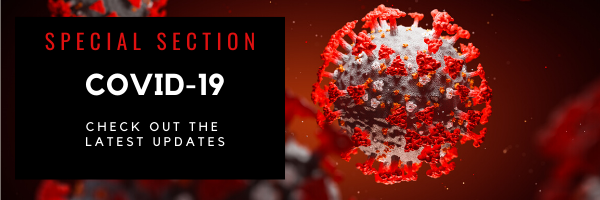
- What are the cases of the new coronavirus in Canada? Take a look at our map.
- Wondering if you qualify for financial assistance from the government? Check here.
- What’s the difference between the coronavirus and the flu?
- You’ve probably been hearing a lot about PPE. What it is — and how to donate it.
- Things are changing quickly: a cross-Canada look at which services are open and closed.